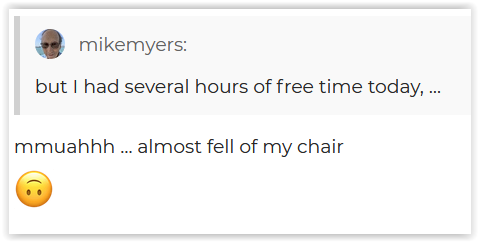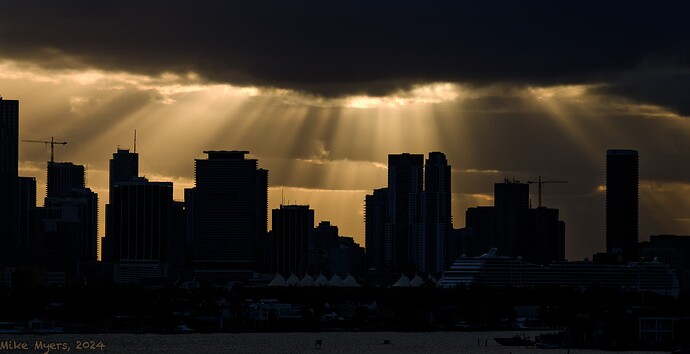Something I have learned in all the responses up above, is that I have a choice:
Either >>>I<<< can make all the decisions about the photograph I am taking,
OR
I can let the camera make those choices.
Based on that, I have tried to use Manual mode whenever possible, and to avoid:
- (A)perture mode
- (S)hutter mode,
- (P)rogram mode (worse yet), and
- AUTO (worst of all!!)
Of course I use the metering systems on the camera, but I feel it is up to ME to decide what choice of the above settings, along with ISO and possibly auto-ISO.
In the past I got yelled at for using Program mode.
I got frowned at for using Aperture or Shutter priority.
I do have some excellent light meters, but I have been satisfied with using one of the three exposure settings (rarely spot metering, and usually center-weighted), and using the exposure setting tools on the camera - then adjusting when I think it’s necessary.
My camera is usually in either Aperture or Shutter Priority, or in Auto-ISO in case I need to take a photo before I have time to think about any of this.
But, back to the discussion, rightly or wrongly, I prefer to shoot in Manual mode. I think it’s “cheating”, but my captured image is automatically displayed, and if I really screwed up, I can fix things, and shoot again.
Nothing new here, back in my film days, I tried to always keep my camera on a reasonable setting for wherever I happened to be, on the subway, or the street, or in a field, or a boat. The camera was supposed to be ready for action immediately. Of. course, for me, this is from long before “automation” took. over.
Understood.
@George, what is your preferable way to simply walk around with your camera, before you even get ready to capture an image? This is before you decide to take an image? I would like to know what all of you do about this. Maybe I’m using sixty-year old suggestions, that are no longer valid in the digital world?

